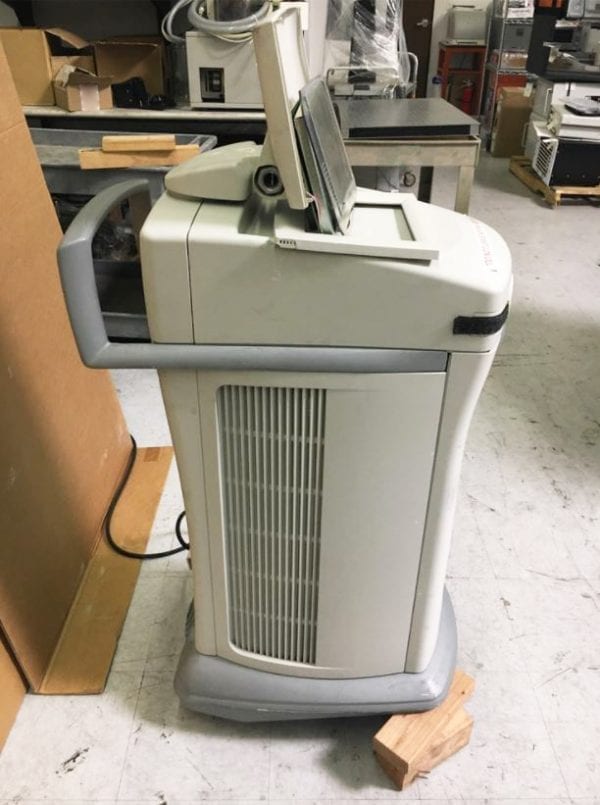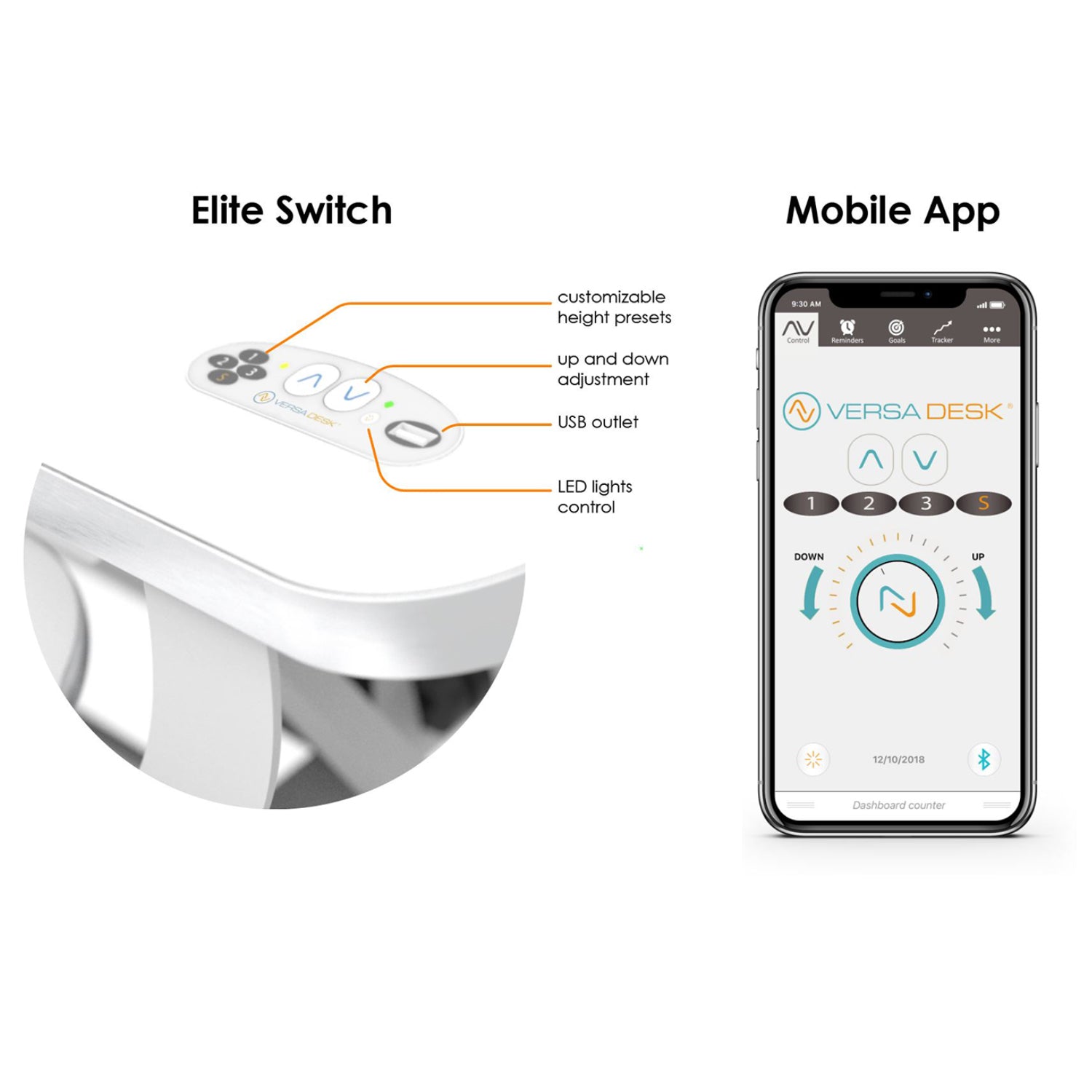

One final point I wish to raise is: how will this BPR be used? As a member of my hospital’s Laser Committee, I plan to submit this report for discussion, and I hope we can change our policy to align with this BPR.

Some of my current and former residents sweat… a lot. Having my personal eye protection also satisfies my “ick-factor,” as I am not wearing something on my face that someone else has worn and may not have been cleaned between uses. I have the bonus of staying on side of my hospital’s mandatory laser safety eyewear policy, even if the policy may be outdated and not evidence-based. I purchased these specialty glasses when I started practice and they are well worth the cost if you do a large volume of endourological procedures. These specialty glasses negate the problems encountered when wearing laser eye protection over prescription glasses. 6 Fortunately, custom prescription safety glasses can be purchased that can protect against radiation and laser wavelengths.

There is increasing concern regarding the potential for radiation risks to the eye and damage, such as cataracts, 5 especially for those of us who do high volumes of fluoroscopic procedures (including percutaneous nephrolithotomies). 3 I would argue, however, that there is an easy way around this annoyance, which also can provide additional protection outside the scope of this BPR. As the BPR outlines, that problem is very common, as it was reported by 70% of respondents to Paterson et al’s survey and is likely a reason why many do not wear the laser eye safety.

For those of us who wear prescription glasses (myself included), trying to wear laser goggles over glasses can be an annoying and foggy endeavour. 1 These data do come with some limitations however, if there were a high risk of eye injury with Ho:YAG lasers, one would assume this would be reported in the literature given that most of us do not wear laser eye protection. The BPR found that a majority of urologists do not routinely wear laser eye protection when using the Ho:YAG laser: 40% in Paterson et al’s study 2 and 19% in an international Twitter poll. This may also highlight that we need to improve our reporting of AEs. One would hope that serious injuries, such as eye injuries, would be reported, but Paterson’s study does cast some doubt on the reliability of the AE reporting system. This was a minor, albeit temporarily painful injury that I do not think was reported to any registry. I have personally witnessed one Ho:YAG-associated burn that a resident suffered when the laser fiber broke and was fired outside the patient. This finding would imply that laser-associated AEs may be under-reported, as is common with other AEs in medicine, 4 but it is reassuring that Paterson’s survey found no reports of laser-related eye injury. 3 In this report, 19% of respondents (50 of 264), had witnessed some form of injury related to the laser. Contrary to this study, however, the authors of the BPR describe a survey of Endourological Society members regarding Ho:YAG laser associated injuries by Paterson et al. 2 Burns, not eye injuries, were the most commonly reported AE. 1 In the review of Ho:YAG laser adverse events (AEs) cited in the BPR, there were only 11 AEs related to the medical operator reported from 1992–2012. Unfortunately, I often doubt that “practical” is included in hospital administration vernacular.īhojani et al report that with over 20 years of extensive use, no Ho:YAG laser eye injuries have ever been reported. The BPR reviews the literature for Ho:YAG laser-associated eye injury and offers practical advice regarding Ho:YAG laser eye protection. I read the Canadian Urological Association best practice report (BPR) on Holmium:YAG laser eye safety by Bhojani et al with great interest.


 0 kommentar(er)
0 kommentar(er)
